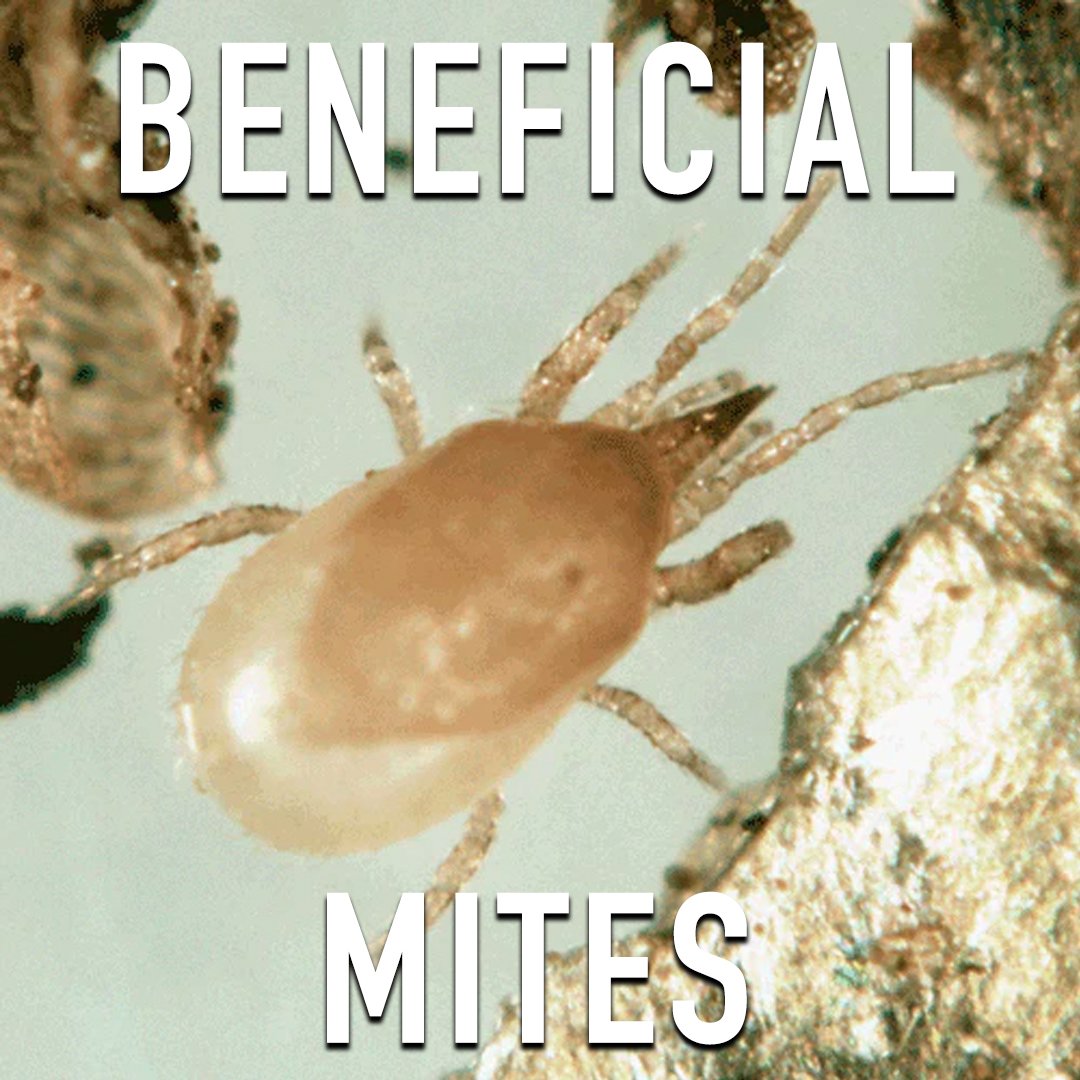BENEFICIAL INSECTS

How do we approach pest management?
Even with the best equipment, team and effort, the nature of running a garden will always inherently involve a battle against pests. There are various methods by which our team combats the pests that may manifest, like Thrips, flies and mites. Chief among them is our implementation of biological controls, or biocontrols – which are defined as “the use of a population of one organism to reduce the population of another organism.” These controls are critical to the success of our integrative pest management program, and are utilized in place of spraying our plants with pesticides.
One of the primary predatory mites we introduce to our garden as a biocontrol is the Amblyseius swirskii, which we simply refer to as “swirskii.” These swirskiis (pictured above) are released from sachets that hook onto our plants. They combat several species of pest, and are known as an aggressive predatory mite, effective at consuming target species.
We release swirskiis regardless of pest pressure, though. They’re vital to our program at all times, because when we aren’t working overnight or on weekends, they are. And if they don’t find any prey in our garden, they die off.
These mites are fairly invisible to the untrained eye. But other species we introduce, like lacewing larva and rove beetles, are more clearly discernible. Regardless, our team is constantly monitoring the progress of these insects in our garden – and our program aims to optimize their survival rate. After all, that’s the essence of the little bug war going on at all times in our garden. Keep the Good Guys alive and eradicate the Bad Guys.
